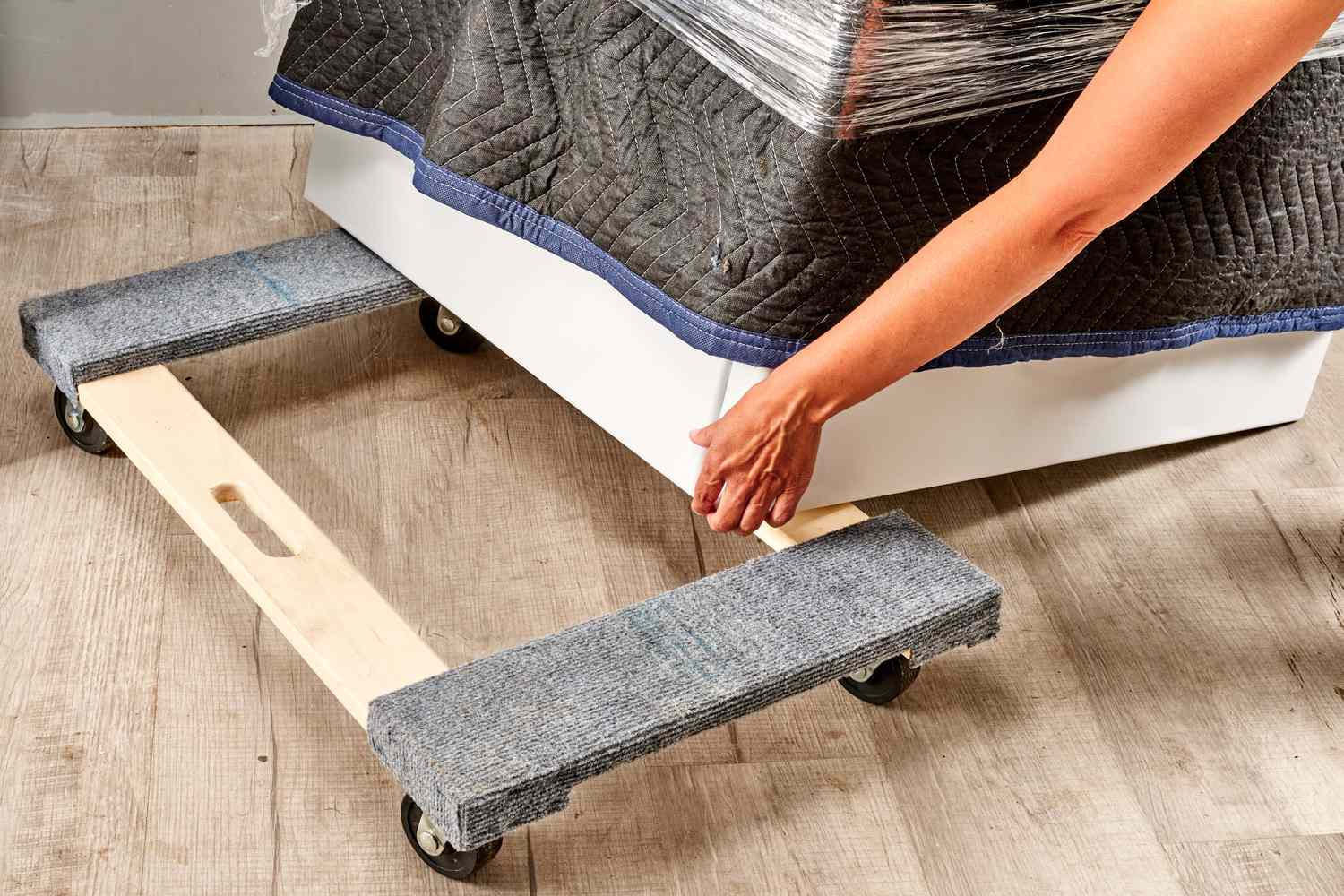

Articles
How To Move A Stacked Washer Dryer
Modified: February 20, 2024
Learn the step-by-step process of moving a stacked washer dryer with our informative articles. Safely transport your laundry appliances with ease!
(Many of the links in this article redirect to a specific reviewed product. Your purchase of these products through affiliate links helps to generate commission for Storables.com, at no extra cost. Learn more)
Introduction
Moving a stacked washer dryer can be a challenging task, but with the right preparation and precautions, it can be done smoothly and without any damages. Whether you’re moving to a new home or rearranging your laundry room, this article will guide you through the process of safely moving a stacked washer dryer.
Before you begin, it is important to gather the necessary tools and materials to ensure a successful move. You will need a dolly or hand truck, moving straps or ropes, packing tape, and protective blankets or furniture pads. These items will help you protect your washer and dryer from scratches and dents during the move.
Additionally, make sure you have a clear pathway from your laundry room to the desired location. Remove any obstacles or furniture that may hinder the movement of the stacked washer dryer.
Once you have everything prepared, it’s time to start the process of moving your stacked washer dryer. This article will cover the steps you need to take, from disconnecting the appliances to safely reconnecting them in the new location. Let’s get started!
Key Takeaways:
- Proper preparation, including securing loose components and measuring doorways, is crucial to ensure a smooth and hassle-free move of a stacked washer dryer. Taking these precautions can help avoid unnecessary difficulties or damages during the move.
- Prioritizing safety measures, such as using proper lifting techniques, securing the appliances to a dolly or hand truck, and being cautious of obstacles, is essential to prevent injuries and accidents during the process of moving a stacked washer dryer.
Read more: How To Move A Stacked Washer And Dryer
Preparing for the Move
Before you begin the process of moving a stacked washer dryer, it’s essential to take the necessary precautions to ensure a smooth and safe move. Here are some important steps to follow:
- Read the manufacturer’s instructions: Start by referring to the manufacturer’s guidelines for moving a stacked washer dryer. Every appliance may have specific instructions or recommendations that you need to follow. This will help you understand any special precautions to take and ensure you don’t void any warranties.
- Secure loose components: Check if there are any loose components or detachable parts in the washer and dryer. Remove and securely pack them separately, so they don’t get damaged or lost during the move.
- Empty the appliance: Before moving the stacked washer dryer, make sure to remove all clothing, detergent, and any other items from inside. Emptying the appliances will not only make them lighter but also prevent any spills or leaks during the move.
- Turn off and unplug the appliances: Ensure that both the washer and dryer are turned off and unplugged from the electrical outlet. This will help prevent any accidental electrical shocks or damage to the appliances during the move.
- Label the cables and hoses: Take the time to label the cables and hoses of your stacked washer dryer. This will make it easier to reconnect everything correctly in the new location. Use colored tape or labels to mark each cable and hose with their respective ports.
- Secure the doors: Depending on the model of your stacked washer dryer, you may need to secure the doors during the move to prevent them from swinging open and potentially causing damage. Use zip ties, bungee cords, or tape to secure the doors tightly.
- Measure the pathway and doorways: Measure the width and height of the pathway and doorways through which you will be moving the stacked washer dryer. This will help you determine if there are any tight spots or obstacles that need to be taken into account.
By following these preparatory steps, you will ensure that your stacked washer dryer is ready to be moved safely with minimal risk of damage. Taking the time to prepare in advance will save you from potential headaches and costly repairs.
Ensuring Safety Measures
When moving a stacked washer dryer, it’s crucial to prioritize safety at every step of the process. Here are some essential safety measures to keep in mind:
- Use proper lifting techniques: When lifting the stacked washer dryer, bend your knees, keep your back straight, and lift with your legs. Avoid bending over from the waist, as it can strain your back and increase the risk of injury.
- Wear appropriate attire: Dress in comfortable clothing and closed-toe shoes with good traction. Avoid loose-fitting clothing or footwear that might impede your movement or get caught on any parts of the appliances.
- Secure the stacked washer dryer: Before moving the appliances, make sure they are securely fastened to the dolly or hand truck. Use straps or ropes to hold them in place and prevent any shifting or toppling during the move.
- Clear the pathway: Ensure that the pathway is clear of any tripping hazards, such as cables, rugs, or furniture. This will minimize the risk of accidents and falls while moving the stacked washer dryer.
- Seek assistance if needed: Stacked washer dryers can be heavy and awkward to maneuver. If you are unsure about your ability to move them on your own, it’s better to seek assistance from a friend or hire professional movers.
- Be cautious on stairs: If you need to navigate stairs when moving the stacked washer dryer, take extra precautions. Ensure that the dolly or hand truck is securely held, and carefully descend or ascend the stairs one step at a time.
- Protect the appliances: Wrap the appliances with protective blankets or furniture pads to prevent scratches and dents during the move. This will help maintain their appearance and ensure their longevity.
- Communicate effectively: If you’re moving the stacked washer dryer as a team, establish clear communication to ensure everyone is on the same page. Use verbal cues or signals to coordinate movements and prevent accidents.
- Take breaks when needed: Moving a stacked washer dryer can be physically demanding. Take breaks as necessary to rest and re-energize, especially if you feel fatigued or strained.
By adhering to these safety measures, you can minimize the risk of injuries and accidents while moving a stacked washer dryer. Remember, safety should always be the top priority to ensure a successful and incident-free move.
Disconnecting the Washer and Dryer
Before you can move a stacked washer dryer, you need to properly disconnect the appliances. Follow these steps to ensure a smooth disconnection:
- Turn off the water supply: Locate the shut-off valves behind the washer and turn them off to stop the water flow. If your washer has a hot and cold water supply, make sure to close both valves.
- Disconnect the water hoses: Use pliers to loosen the hose connections from the back of the washer. Place a towel or bucket underneath to catch any remaining water in the hoses. Once they are disconnected, let the hoses drain completely.
- Disconnect the drain hose: Remove the drain hose from the drain pipe or laundry sink. Again, be prepared for any residual water and have a towel handy to mop up any spills.
- Unplug the power cord: Safely unplug the power cord from the electrical outlet. Gently coil up the cord and secure it with a rubber band or twist tie to prevent it from dangling or getting in the way during the move.
- Label and disconnect the vent hose: If your dryer is a vented unit, locate the vent hose at the back and disconnect it. Label the ends of the vent hose and the dryer’s vent opening to ensure easy reconnection later.
- Secure any loose components: Check for any loose components such as lint traps, detergent dispensers, or dryer racks. Remove them and pack them separately to prevent them from getting damaged or lost during the move.
Once you have successfully disconnected the washer and dryer, it’s important to secure any loose cables, hoses, or plugs. Use tape or zip ties to keep them organized and prevent them from tangling or causing trip hazards during the move.
Remember, if you are uncertain about disconnecting any specific components or uncertain about the process, consult the manufacturer’s guidelines or seek professional assistance to ensure a proper disconnection.
When moving a stacked washer dryer, make sure to disconnect all hoses and power cords, secure the dryer drum, and use a dolly to carefully transport the unit to avoid damage.
Moving the Stacked Washer Dryer
Now that you have properly disconnected the washer and dryer, it’s time to move the stacked appliances to their new location. Follow these steps to ensure a smooth and safe move:
- Secure the appliances to a dolly or hand truck: Position the dolly or hand truck near the stacked washer dryer. Securely attach the appliances to the equipment using straps or ropes, ensuring they are stable and won’t shift during the move.
- Use proper lifting techniques: With the help of a friend or a professional mover, lift the front of the stacked washer dryer slightly to place the dolly or hand truck underneath. Take care to use proper lifting techniques to avoid strain or injury.
- Move slowly and steadily: Push the dolly or hand truck gently, moving slowly and steadily. Take extra precautions when navigating doorways, corners, or uneven surfaces. Communicate with your moving partner to ensure a smooth and coordinated movement.
- Avoid excessive tilting or jarring movements: Keep the stacked washer dryer in an upright position as much as possible during the move. Avoid excessive tilting or jarring movements that could potentially damage the appliances.
- Watch out for obstacles: Pay close attention to the pathway and ensure that it is clear of any obstacles or tripping hazards. Take necessary measures to navigate tight spaces or move furniture that may obstruct the way.
- Take breaks if needed: Moving a stacked washer dryer can be physically demanding. If you or your moving partner feel fatigued, take breaks to rest and recharge. It’s important to prioritize safety and avoid overexertion.
- Unload and position the appliances in the new location: Once you reach the new location, carefully unload the stacked washer dryer from the dolly or hand truck. Position it in the desired spot, taking care to align it properly and ensure stability.
By following these steps, you can safely and efficiently move a stacked washer dryer to its new location without any damage or mishaps. Remember to always prioritize safety and seek assistance if you are unsure about your ability to move the appliances on your own.
Read more: How To Stack Washer And Dryer
Reconnecting the Washer and Dryer
After successfully moving the stacked washer dryer to its new location, it’s time to reconnect the appliances. Follow these steps to ensure a proper reconnection:
- Position the appliances: Carefully align the stacked washer dryer in its designated location. Make sure it is level and stable to prevent any vibrations during operation.
- Reconnect the water hoses: Attach the water hoses to the corresponding hot and cold water supply valves. Use pliers to tighten the connections, ensuring they are secure but not overly tightened to avoid leaks.
- Reconnect the drain hose: Insert the drain hose into the drain pipe or laundry sink. Ensure it is positioned securely to prevent any leaks or dislodging during use.
- Plug in the power cord: Plug the power cord back into the electrical outlet. Double-check that it is securely plugged in and there are no loose connections.
- Reconnect the vent hose (for vented dryers): If your dryer is vented, reattach the vent hose. Ensure that both ends are securely connected and any clamps or fasteners are tightened to prevent air leaks.
- Remove any protective coverings: If you used protective blankets or furniture pads during the move, remove them from the appliances.
Once the appliances are reconnected, it’s important to double-check all connections to ensure they are secure and leak-free. Test the water supply by running a small cycle on the washer and inspect for any leaks or abnormalities. Additionally, check the dryer’s ventilation to ensure proper airflow and prevent lint build-up.
If you encounter any issues or have difficulty reconnecting any specific components, refer to the manufacturer’s instructions or consider seeking professional assistance. Proper reconnection is vital to ensure the efficient and safe operation of the stacked washer dryer.
Testing the Washer and Dryer
After reconnecting the stacked washer dryer, it’s important to perform a few tests to ensure everything is functioning properly. Follow these steps to test the appliances:
- Run a water cycle: Start by running a small water cycle on the washer. Fill the washer with some water and let it go through a full cycle to check for any leaks or issues with the water supply. Pay close attention to the hoses, valves, and connections.
- Check for proper drainage: After the water cycle, make sure the washer drains properly without any backups or blockages. Monitor the drain hose and the drainage area to ensure efficient water flow.
- Test the dryer settings: Turn on the dryer and test all the different heat settings and drying modes. Make sure the dryer is heating up properly and all settings are functioning as expected. Monitor for any unusual noises or smells.
- Inspect for vibrations or imbalance: During operation, check for any excessive vibrations or imbalance in the stacked washer dryer. If the appliances are vibrating excessively, it may indicate an issue with the leveling or stability. Adjust the feet or position as needed.
- Monitor for unusual sounds or malfunctions: While running both the washer and dryer, pay attention to any strange noises or malfunctions. Unusual sounds, error codes, or irregular functioning may require further investigation or professional assistance.
- Verify proper ventilation (for vented dryers): If your dryer is vented, make sure that the exhaust is properly venting outside. Check the vent hose for any blockages or obstructions that may impede the airflow. Proper ventilation is crucial for efficient drying and fire safety.
By thoroughly testing the washer and dryer after the move, you can identify and address any potential issues early on. It’s important to ensure that both appliances are operating smoothly, as this will help maintain their longevity and efficiency in the long run.
If you notice any problems during the testing process or are unsure about any aspect of the appliances’ performance, consider consulting the manufacturer’s guidelines or seeking professional assistance.
Conclusion
Moving a stacked washer dryer may seem like a daunting task, but with proper preparation, safety measures, and a systematic approach, it can be accomplished successfully. By following the steps outlined in this article, you can ensure a smooth and hassle-free move for your appliances.
Preparing for the move involves gathering the necessary tools, securing loose components, and measuring doorways and pathways. Taking these precautions will help avoid any unnecessary difficulties or damages during the move.
Ensuring safety measures is crucial to protect yourself, your moving partner, and the appliances. Using proper lifting techniques, wearing appropriate attire, securing the appliances to a dolly or hand truck, and being cautious of obstacles are essential for preventing injuries and accidents.
Disconnecting the washer and dryer properly is an important step to ensure a smooth transition. Following the manufacturer’s instructions, turning off the water supply, disconnecting hoses and cords, and securing loose components will help avoid any issues during the move.
Moving the stacked washer dryer requires careful coordination, slow and steady movements, and attention to the pathway. By taking breaks when needed and seeking assistance if necessary, you can ensure a safe and successful move.
Reconnecting the washer and dryer is crucial for their proper functioning. Ensuring secure connections for water hoses, power cords, and vent hoses will help maintain the efficiency and safety of the appliances.
Finally, testing the washer and dryer after the move is essential to check for leaks, proper drainage, heating, ventilation, and any malfunctions. By conducting these tests, you can identify and address any issues early on, ensuring the optimal performance of your appliances.
In conclusion, moving a stacked washer dryer requires careful planning, attention to safety, and systematic execution. By following the steps outlined in this article, you can confidently move your stacked washer dryer to a new location without any unnecessary complications or damages. Remember to prioritize safety, seek assistance when needed, and refer to the manufacturer’s instructions for any specific guidelines.
Frequently Asked Questions about How To Move A Stacked Washer Dryer
Was this page helpful?
At Storables.com, we guarantee accurate and reliable information. Our content, validated by Expert Board Contributors, is crafted following stringent Editorial Policies. We're committed to providing you with well-researched, expert-backed insights for all your informational needs.
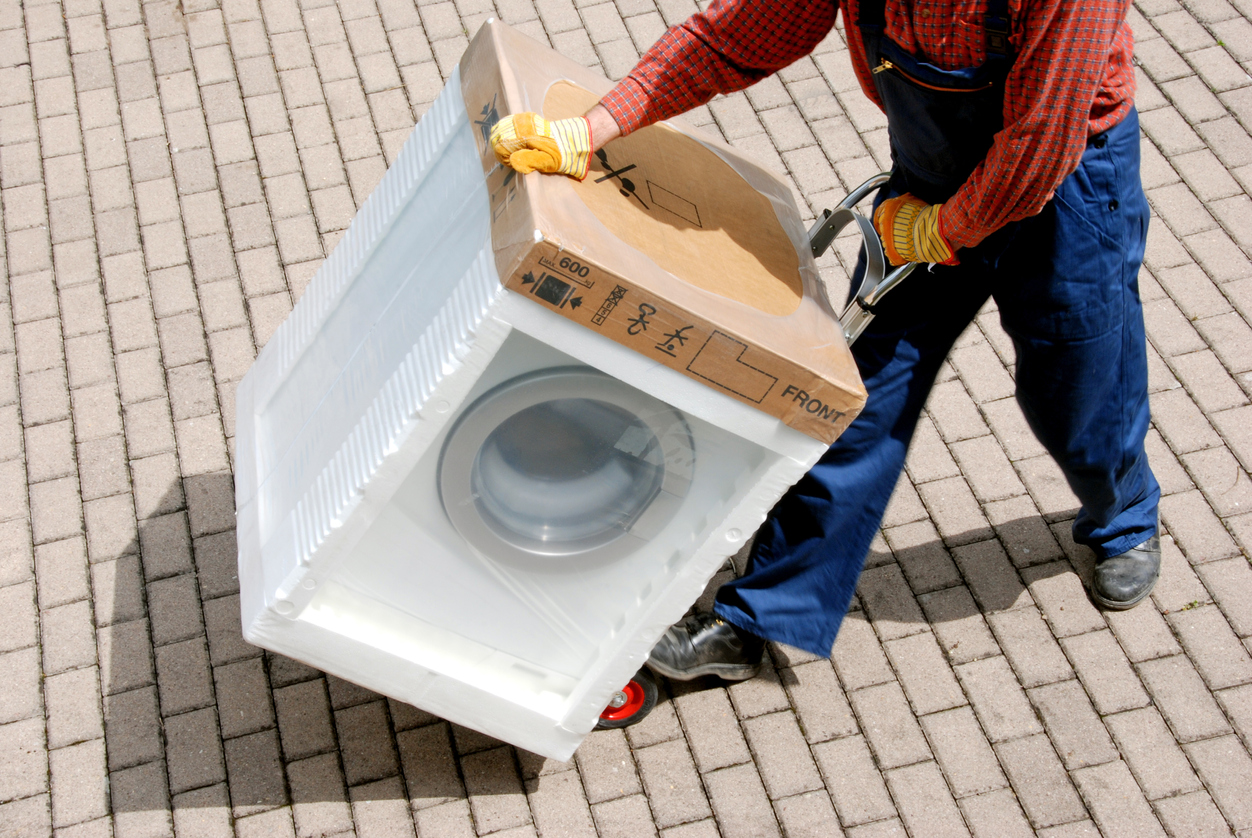
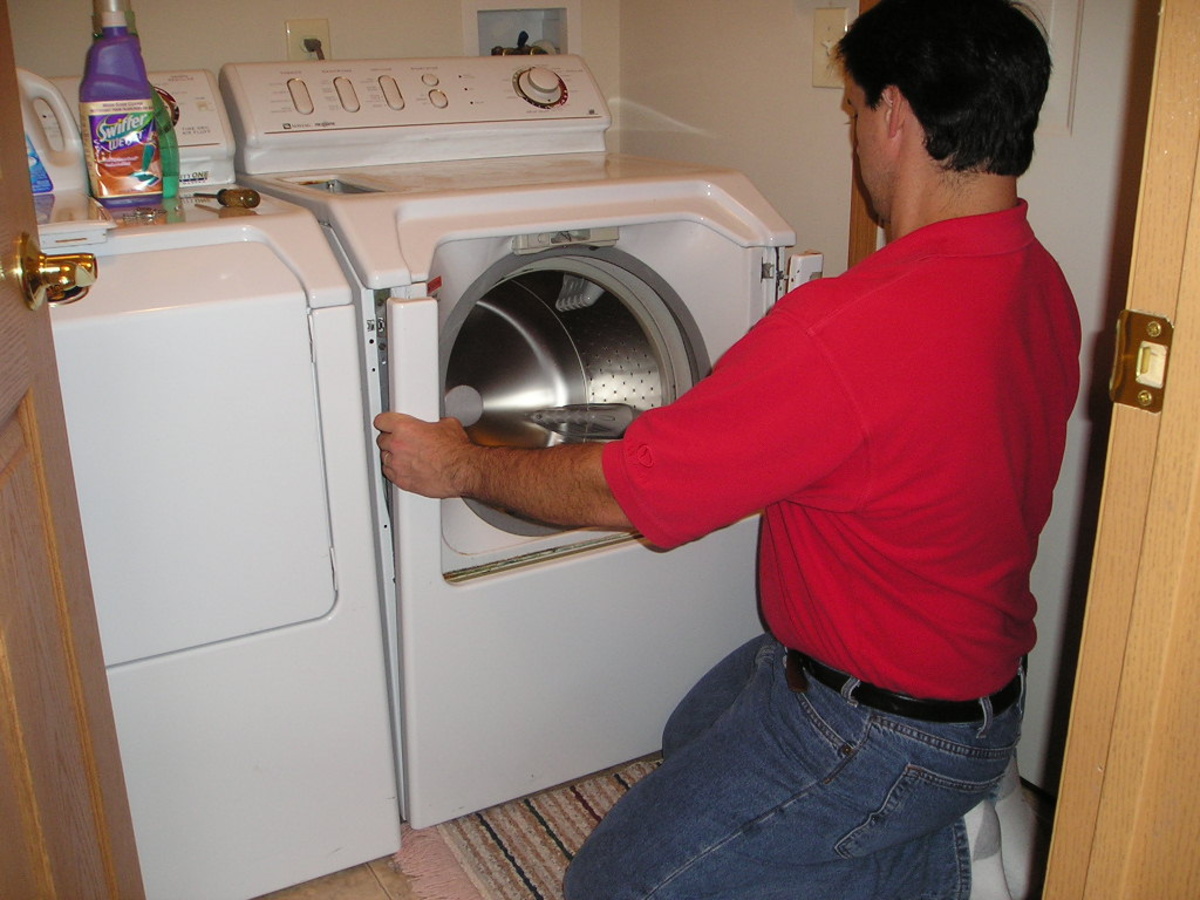




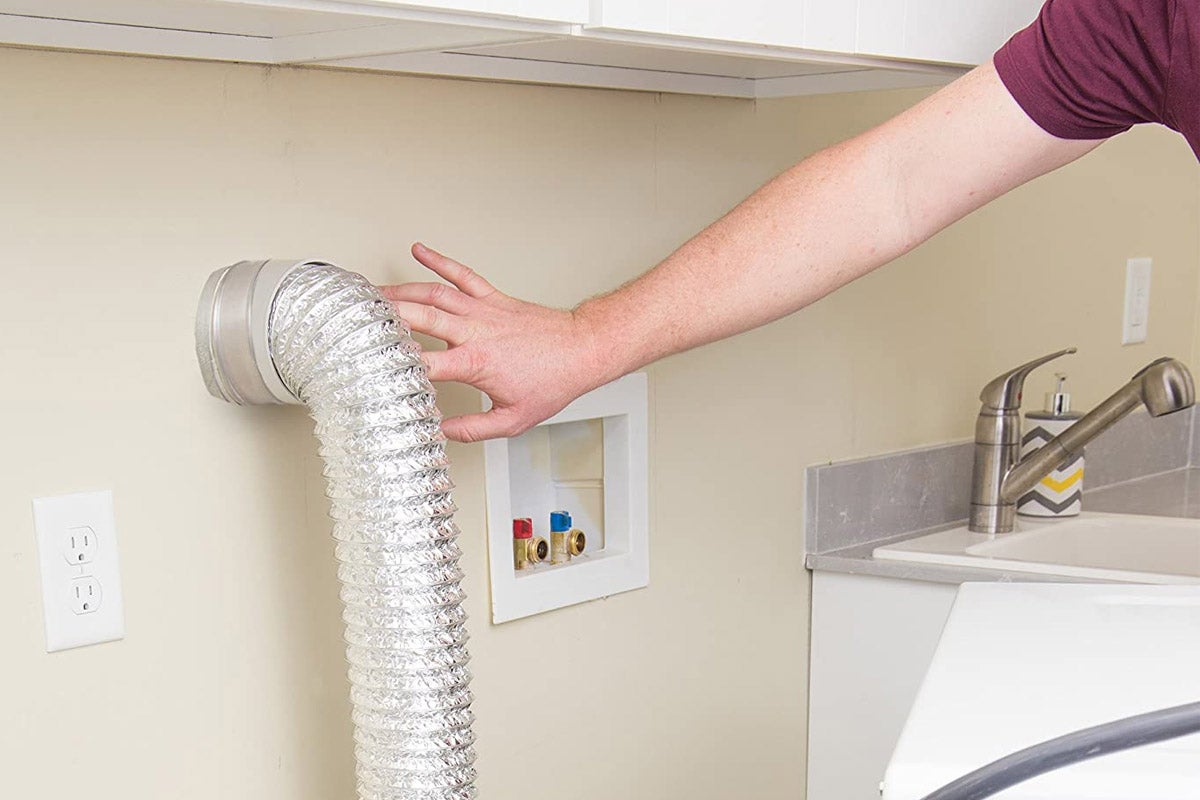






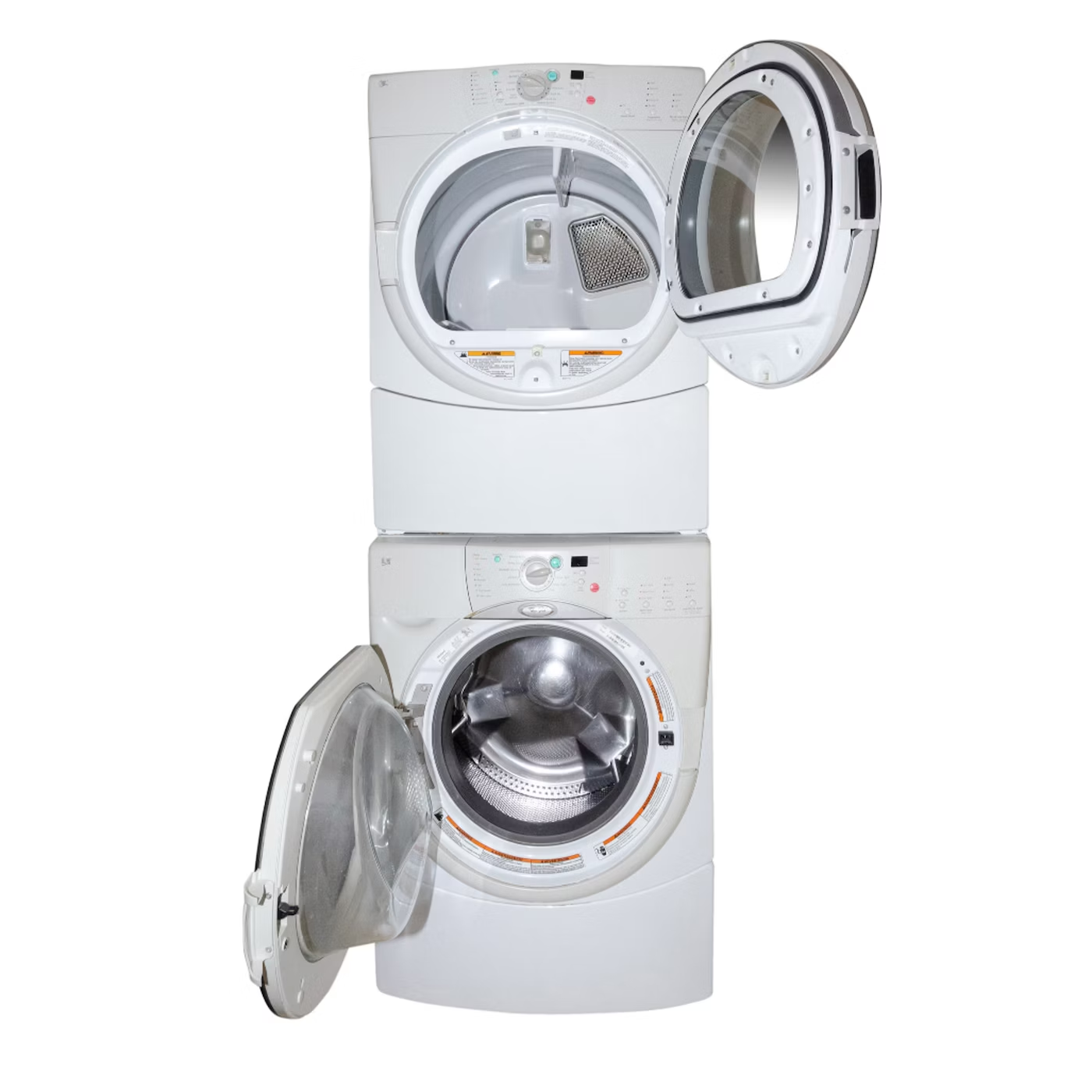

0 thoughts on “How To Move A Stacked Washer Dryer”